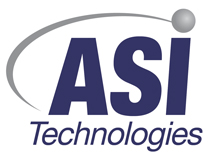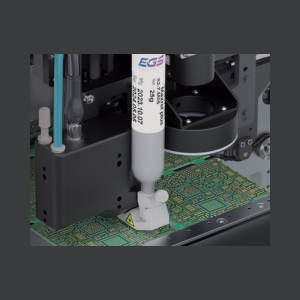This non-contact method of applying solder paste has a large number of advantages compared to standard screen printing or dispensing. The challenges of today’s production environment are not only the fact that components getting smaller but the biggest challenge is the combination of small and large components on the same board. Putting the right amount of solder paste for each component will be required to deliver the right quality. The jetting technology allows to build up the volume by single dots to achieve the right amount for each component. Special applications like pin in paste, applying paste in cavities and many more challenges of today’s requirement can be easily accommodated with this technology (3D,rework, package on package ).
Dot formation when dispensing
• Pulling a needle out of a
“pool” of fluid will form a
column that will eventually
break into two or more
pieces.
Dot formation
Factors that affect dot volume:
• Needle dispense gap
• Needle size
• Dwell time
• Retract speed
• Material characteristics
• Surface tension
Non-contact means “Jetting”
• The energy for breaking the fluid from the dispense tip comes from
fluid momentum and not from surface tension to the substrate
What is solder “jet printing” ?
• Depositing solder paste without stencils using injecting technology.
• Shooting droplets of solder paste while the nozzle is moving over the PCB


